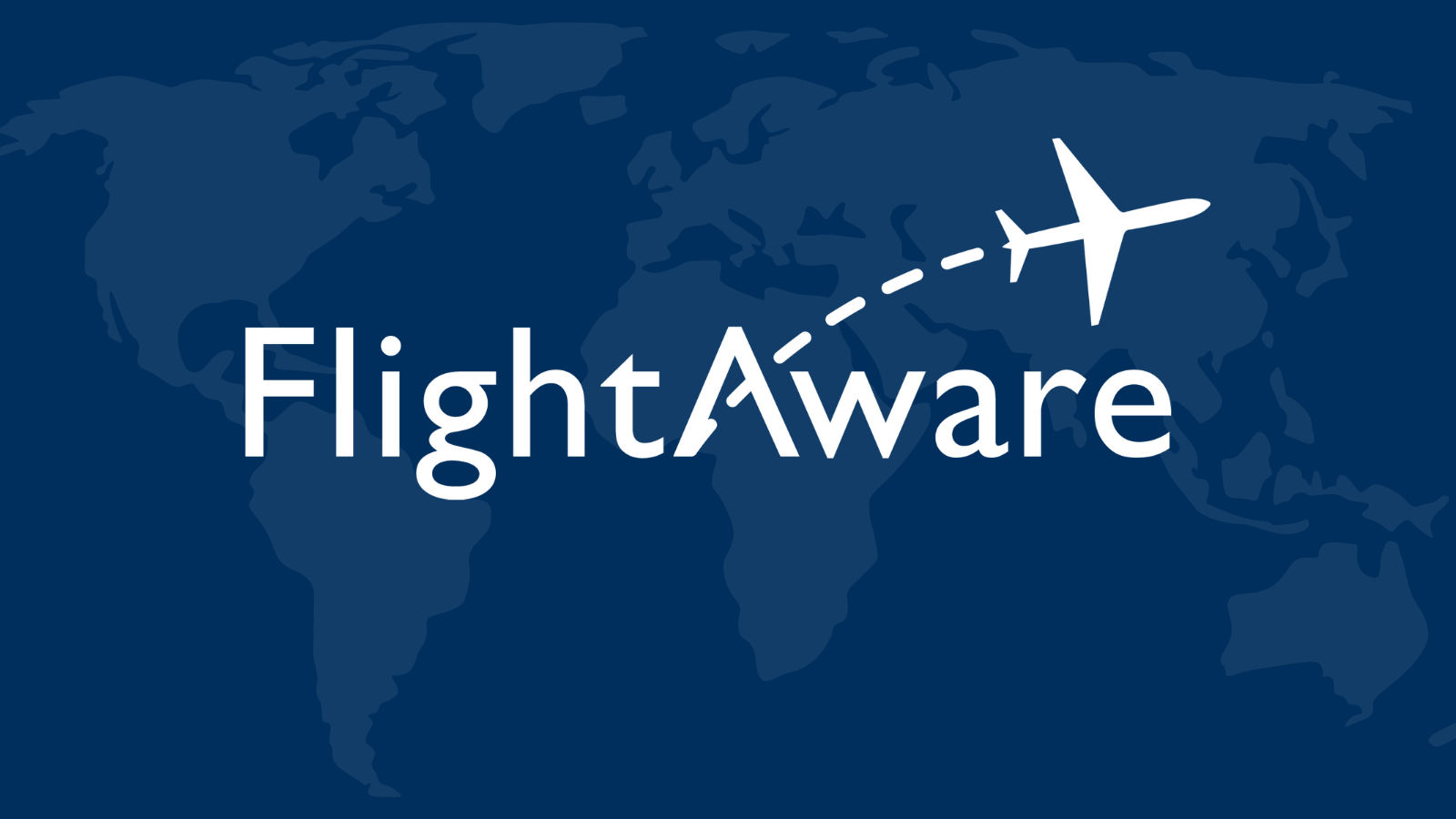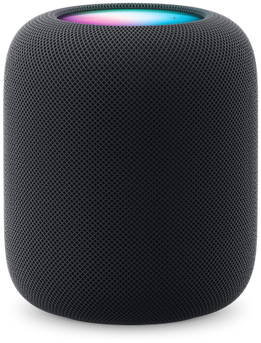San Francisco, California - Larry Page and Sergey Brin, the co-founders of Google, were known for their love of pranks and practical jokes. Every April Fool's Day, they would come up with outrageous ideas to fool their audience, but one year they decided to do something that would change the way people viewed their abilities. It was on April Fool's Day 20 years ago that Google introduced Gmail, a free email service with one gigabyte of storage per account.
Back then, one gigabyte of storage seemed like a massive amount, especially compared to the 30-60 emails that other leading webmail services like Yahoo and Microsoft could store. This one gigabyte of space could hold approximately 13,500 emails, a significant improvement at the time. But what truly set Gmail apart was not just the storage capacity, but the integration of Google's search technology.
Users could easily find specific information within their emails, photos, and other personal data stored on the service. Additionally, Gmail organized related communications into threaded conversations for a seamless experience. Marissa Mayer, a former Google executive who played a role in designing Gmail, highlighted the three 'S's that were the focus of the service: storage, search, and speed.
This revolutionary concept was so groundbreaking that when The Associated Press published a story about Gmail in 2004 on April Fool's Day, readers initially thought it was just another Google prank. The development of Gmail, which was initially codenamed "Caribou" as a reference to a joke in the Dilbert comic strip, was a three-year project. A report from The Associated Press mentioned that a reporter was invited to Google's headquarters in Mountain View, California, where Larry Page personally demonstrated the features of Gmail.
Page showcased the sleek inbox design, highlighted its quick functionality within Microsoft's Explorer web browser, and emphasized the ample storage and easy search capabilities. Since its inception, Gmail has grown to an estimated 1.8 billion active accounts, each offering 15 gigabytes of free storage.
This growth reflects a trend of digital hoarding, as users are reluctant to delete content. The success of Gmail not only solidified Google's position in the email service market but also paved the way for the company's expansion into other services like Google Maps, Google Docs, YouTube, the Chrome browser, and the Android operating system. Additionally, Gmail marked Google's entry into digital surveillance for targeted advertising purposes.
Initially, Gmail's availability was limited due to Google's computing capacity, creating a sense of exclusivity that drove demand for invites. However, the service eventually became open to all users in 2007. On April Fool's Day in 2007, Google introduced a fictional feature called "Gmail Paper," which offered to print users' email archives on eco-friendly paper and mail them through the postal service.
This time, Google was truly joking around. In conclusion, Google's introduction of Gmail on April Fool's Day 20 years ago was not just a prank, but a game-changer in the world of email services. The combination of significant storage capacity, advanced search technology, and intuitive interface set Gmail apart from its competitors and paved the way for Google's dominance in the digital landscape.









 English (US)
English (US)